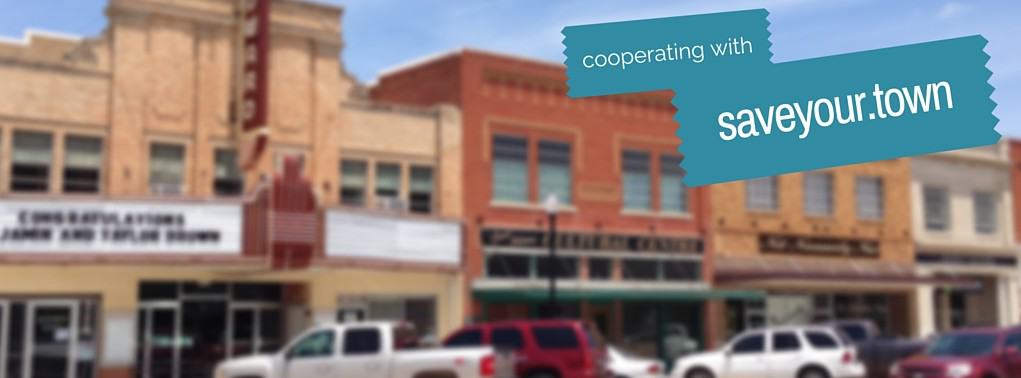What a great day. Your business is open. The wait is over. Instead of costs, costs, costs, you can now make some sales.
Some time passes and someone walks into your business. It’s the business owner from next door and she just wants to wish you good luck.
Some more time passes and some friends and neighbors drop by. Some of them bought something but you don’t really count that as a sale. No, they were just being polite.
Some more time passes and a stranger walks in, looks around some and leaves.
Some more time passes and a group of people walk in. They look around and then begin to ask questions about one of your products. They ask about a discount if they buy several of the same item. As they make the offer, you are mentally wondering just how to respond. You tell them you will get back to them on their offer.
Some more time passes. Another person comes in. He comments he didn’t know that your store was even here. He is from out of town. He had researched his opportunities, didn’t see what he wanted but had another reason to come over to your town and just happened to see your sign. You have several items he wants and makes a purchase. YOUR FIRST SALE! You feel like your business is officially open.
The day continues. Sales are slow. At the end of the day, you look at what you sold and get a little discouraged.This isn’t what you expected.
Is this your story? I have certainly heard it from several owners.
What happened?
One answer might come from the small business myth, build it and they will come.” Successful business rarely, though, happen this way.
As the owner, long before ever opening the doors and not long after just getting the idea, you need to develop your marketing program. What do I mean?
- Start with the basics. Who might buy this product or service? What do they want from it? What will they pay? Where do they live? How do they shop?
- Develop some prototypes and have people test them. Then move on to some test batches and see how people respond.
- Opening the doors are great but make an effort well before to let people know who you are, where you will be located, and what you have to offer. Line up a ribbon cutting and one or more articles for your local paper. Is your opening something that the media might cover? Get your signs out. Prepare your business cards and brochures. Now is the time to get your website up and operating. Getting the word out is key.
- All of these efforts should be part of your marketing plan. The time to build that is also before the doors are open. Yes, it will change based on your results but unless you have it spelled out what will be done when and by whom, time will quickly pass and your marketing effort may be less than you want and later than planned. Think about the fact that for something like a yellow page ad, it might be nearly two years from when you place an ad to when it appears in print.
- In your market plan, make sure you include traditional marketing as well as social media marketing. Mark your location and claim your bubble on services such as Google, Yelp, Yahoo, and others.
These are just a few reasons why marketing must happen from day one or before.
And this is just part of marketing. A larger list might include pricing, packaging, store location, branding, community support, social media efforts, image, visual efforts, etc.
Remember also that marketing must be on-going. People forget. New products and services come out. The competition changes and changes tactics. The audience changes. Today we are thinking more and more about millennials. And the list goes on and on. Marketing must be consistent and focused on building and growing your brand.
So while sales are the lifeblood of a business, marketing is the heart that keeps things flowing.
Bottom line – The day you think of a business idea is the day you start your marketing efforts.











